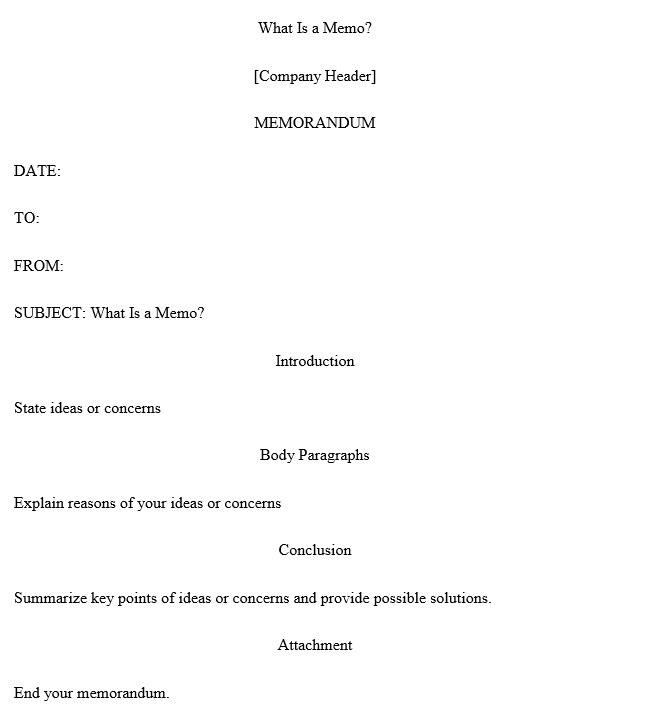Many students want to find answers to questions of what is a memo. In this case, learners need to understand how to be effective in communication with others. For example, persons write memorandums in organizations when authors need to share specific ideas or concerns. In turn, writers must learn the basic principles of writing memorandums, including heading rules, body paragraphs, closing notations, and following the formal style. Therefore, this article answers the question of what is a memo.
Memorandum Or Memo
Basically, effective communication is an essential component of organizations. For example, entry into formal employment sectors requires basic knowledge of techniques used for communication in this environment. In turn, memorandums or memos are the types of papers that authors use as a means of communication in many organizations. Hence, writing employs a formal tone and follows a clear structure that comprises of three segments: heading, body, closing part, and writing style.

Heading Segments in Memos
Heading segments are the first section in answering the question of what is a memo. For instance, this segment consists of two distinct parts: company header, “Memorandum,” and descriptive information of target recipients. In this case, the company’s name is the first piece of information on the memo template. Moreover, it varies in position depending on the company’s preferences. Then, the title, “Memo,” follows immediately after the header. In particular, writers identify audiences and authors by using the “To” and “From” tags. Also, senders include dates in the descriptive info by using the “Date” tag. In turn, topics discussed in letters are presented through the “Subject” tag. Thus, the primary role of this part is displaying two parties. As a result, it can be seen in memo examples.
Body Section
The most important section in memos is the body. Basically, the body has four main parts: introduction, statement of facts, argument, and conclusion. Firstly, the introduction explains issues or main ideas that are discussed in memos. Then, providing facts is a more elaborate presentation of topics. In this case, this part identifies specific areas of interest that authors intend to address. Moreover, writers provide arguments based on provided facts and explain personal perspectives on topics. Finally, the conclusion may either be a summary of the main topic or a call for action. Besides, conclusion examples may help to understand this section. In turn, the number of paragraphs is not constant but varies depending on the purpose of memos.
Closing Part in Memo
Memos end with closing notations. For instance, writers use this segment to discern specific pieces of information, mentioning or referring to the body of memorandums. In turn, the word “Attachment” is typically used as the closing part. It is placed two lines below the final paragraph and is aligned with the left margin. Besides, authors provide attachments so that readers can access them, for example, a reference list. The closing part allows senders to provide recipients with the necessary evidence required for a complete understanding of the memo’s content.
Following Memo Writing Style
Furthermore, memos employ a formal communication tone and style. In this case, memos should be highly informative but concise. Moreover, writers use a language in documents that should be formal and straightforward to ensure clarity in communication. On the other hand, wordy sentences and unnecessarily long paragraphs should be avoided.
Conclusion
Primary segments of what is a memo are discussed exhaustively. In particular, the memorandum is a structured document, but unique variations may occur depending on the content and institutional restrictions. Thus, memo writing is an essential skill that will assist an individual in communicating effectively within an organization.

